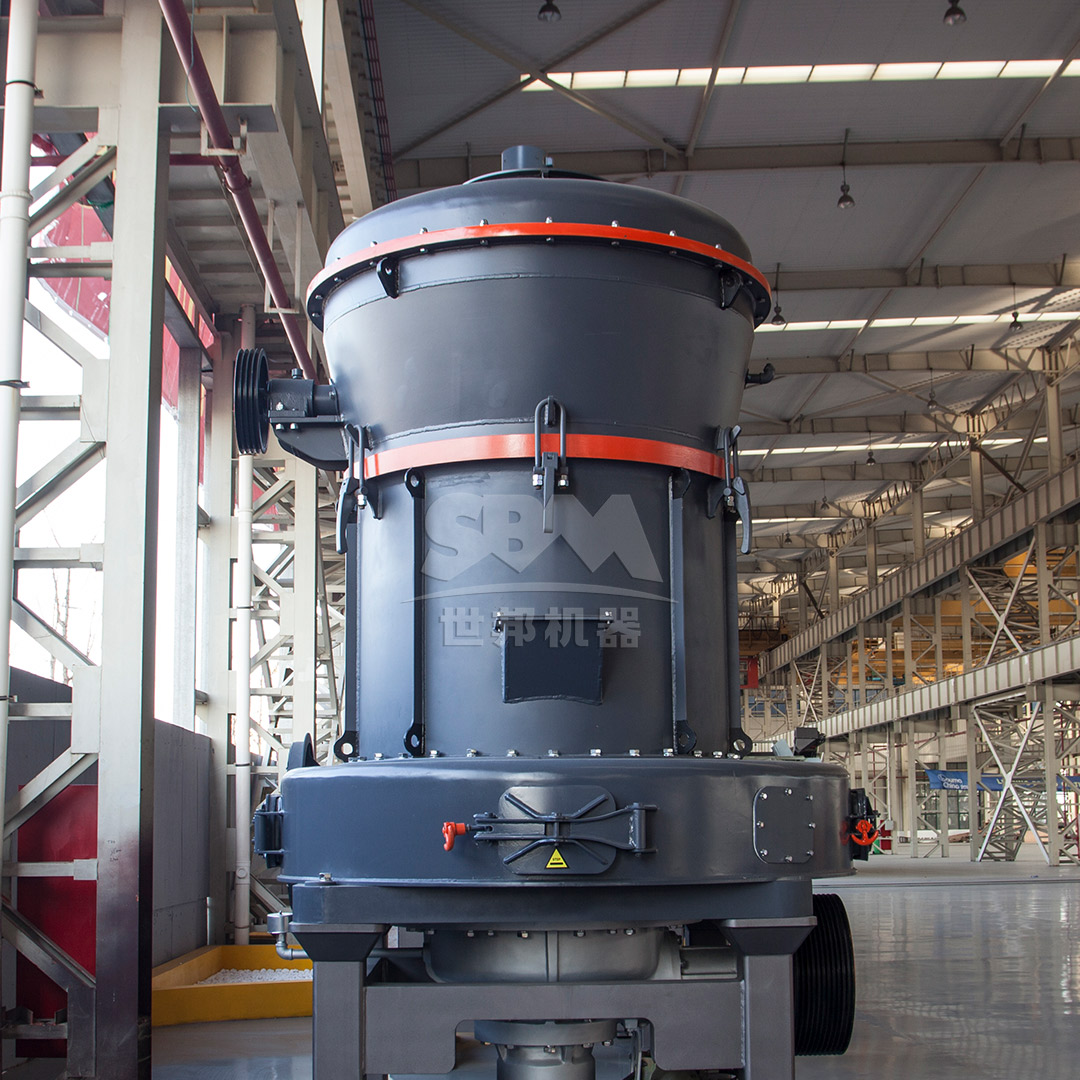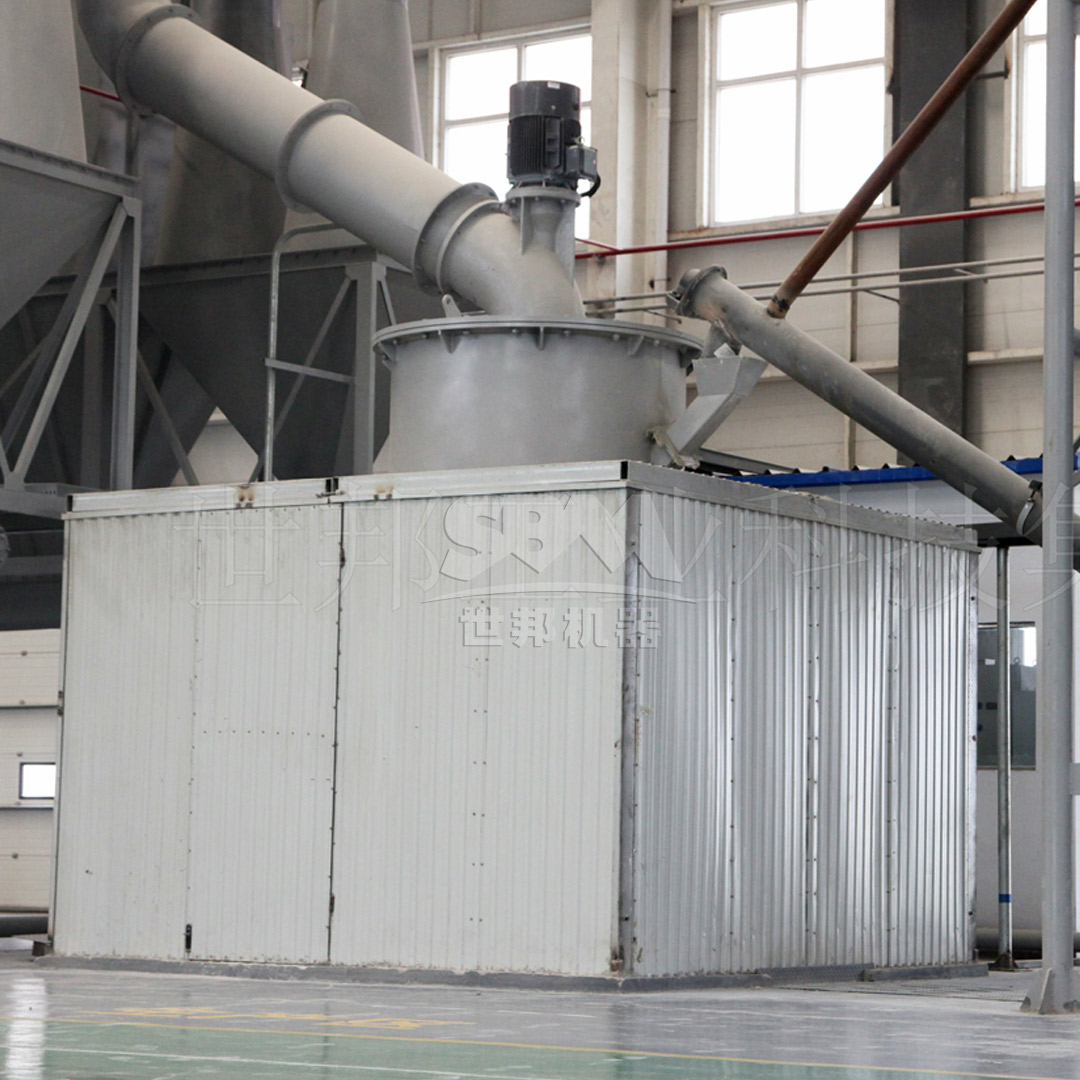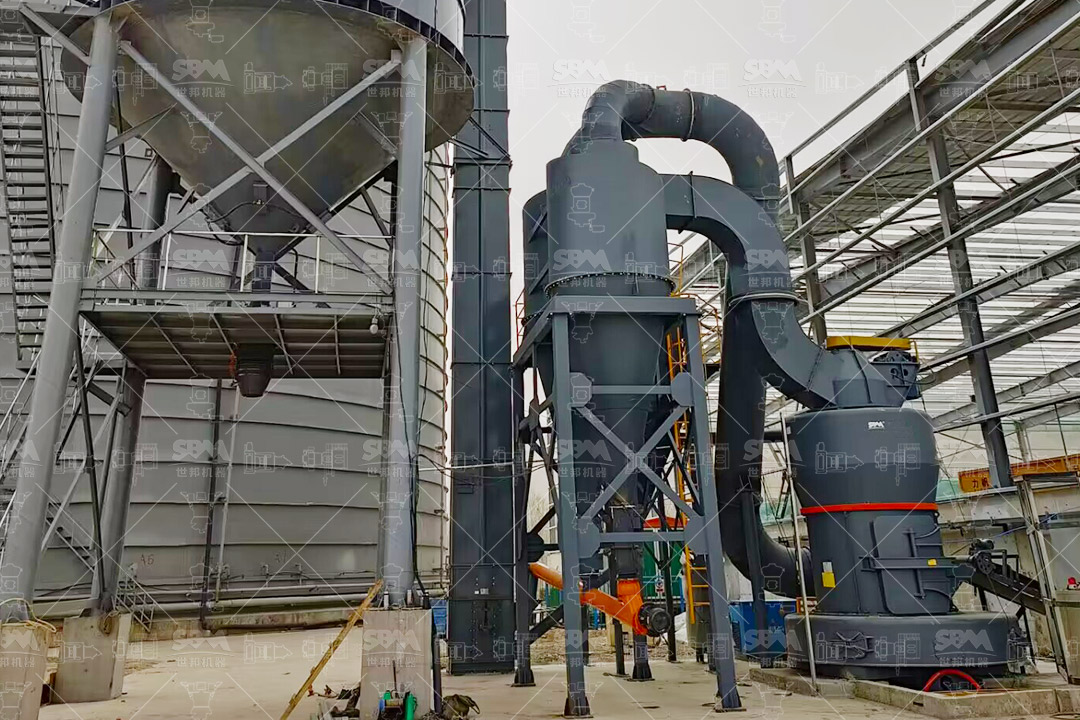The production of high-purity fused silica glass demands exceptionally stringent control over raw material quality, particularly the quartz powder used as the primary feedstock. Quartz grinding represents a critical stage where impurities, particle size distribution, and morphological characteristics are determined, directly impacting the final glass properties such as transparency, thermal stability, and electrical insulation. This article explores the technical challenges and optimization strategies for quartz grinding mills, focusing on achieving the ultra-fine, consistent, and contamination-free powder necessary for premium fused silica applications.
Traditional grinding methods often introduce metallic contamination from wear parts, generate excessive heat leading to crystal structure alterations, and produce broad particle size distributions that are unsuitable for high-quality glass melting. Modern milling technology must address these issues through advanced mechanical designs, intelligent control systems, and specialized wear-resistant materials.
To meet the exacting standards of fused silica glass production, quartz powder must satisfy several critical parameters:
The most fundamental requirement is minimal contamination. Iron (Fe) content must typically be below 50 ppm, often targeting <10 ppm for optical-grade silica. Other metallic impurities such as aluminum, calcium, and sodium must also be strictly controlled. This necessitates grinding systems constructed from materials that minimize wear-induced contamination.
A narrow, controlled PSD is essential for uniform melting and bubble-free glass formation. For many fused silica processes, the target fineness ranges from D97 = 5μm to D97 = 45μm (approximately 2500 to 325 mesh). The distribution curve should be steep, indicating minimal oversize or undersize particles that can cause incomplete reaction or excessive volatilization during the high-temperature fusion process.
The shape of the quartz particles influences packing density and melt behavior. While some angularity is inevitable in mechanically ground powder, excessive sharp edges can hinder flowability and packing. An optimal mill produces particles with a relatively isotropic shape, minimizing elongated or flaky morphologies.
The grinding process must avoid generating excessive local heat that could cause phase transformations in quartz (e.g., from α-quartz to β-quartz) or create amorphous surfaces. These alterations can affect the sintering behavior and final density of the fused silica.
| Parameter | Standard Grade | High-Purity Grade | Optical Grade |
|---|---|---|---|
| SiO₂ Content | > 99.5% | > 99.9% | > 99.99% |
| Fe₂O₃ Content | < 150 ppm | < 50 ppm | < 10 ppm |
| D50 Particle Size | 10 – 45 μm | 5 – 25 μm | 3 – 15 μm |
| PSD Span ((D90-D10)/D50) | < 2.0 | < 1.5 | < 1.2 |
Ball mills, Raymond mills, and other traditional equipment present significant limitations for high-purity quartz processing:
Steel grinding media and liners continuously shed fine metallic particles into the product. Even with ceramic linings, contamination from mechanical components like bearings and gears can be introduced through lubrication systems or wear.
Traditional mills often convert a large percentage of input energy into heat rather than size reduction. This is particularly problematic for quartz, which is hard and abrasive, leading to high specific energy consumption (kWh/ton).
Without integrated, high-efficiency classifiers, these mills tend to produce broad particle size distributions. Achieving the fine top size (D97 < 10μm) required for many fused silica applications is difficult and energy-intensive.
The abrasive nature of quartz results in rapid wear of grinding elements, requiring frequent shutdowns for replacement. This not only increases operational costs but also raises the risk of contamination during maintenance activities.

To overcome these challenges, specialized grinding mills have been developed with features specifically designed for materials like quartz.
VRMs utilize a bed-compression grinding principle, where material is ground between a rotating table and rollers. This method is more efficient than impact or attrition-based systems. For quartz grinding, VRMs offer several advantages:
However, careful selection of roller and table liner materials (e.g., high-chromium cast iron, ceramic composites) is critical to minimize iron contamination.
For applications requiring D97 below 10μm, specialized ultrafine mills are necessary. These often combine mechanical milling with air classification in a closed circuit. A standout example in this category is our SCM Ultrafine Mill.
The SCM Ultrafine Mill is engineered to meet the most demanding specifications for high-purity fused silica production. With an output fineness range of 325-2500 mesh (D97 ≤ 5μm), it is perfectly suited for producing the superfine quartz powder essential for high-grade glass. Its vertical turbine classification system ensures precise particle size cuts with no coarse powder contamination, resulting in a remarkably uniform product. Furthermore, the mill’s design incorporates special wear-resistant materials for the roller and grinding ring, significantly extending service life and reducing the risk of metallic impurity introduction—a paramount concern for silica glass manufacturers. The mill’s efficiency is notable, offering approximately twice the capacity of jet mills while reducing energy consumption by 30%, making it an economically and technically superior choice.

For applications where the target fineness is in the 30-325 mesh range (600-45μm), trapezium mills offer an excellent balance of capacity, efficiency, and control. Our MTW Series Trapezium Mill exemplifies this technology.
The MTW Mill is designed for robust and reliable performance in processing abrasive materials like quartz. Its innovative features include curved air duct technology that minimizes energy loss and a conical gear transmission system with 98% efficiency. The wear-resistant shovel blades and grinding rollers are designed for longevity, directly translating to lower maintenance costs and reduced contamination risk. The mill’s ability to handle feed sizes up to 50mm and deliver capacities from 3 to 45 tons per hour makes it ideal for large-scale production lines. The intelligent pressure adjustment system automatically compensates for roller wear, ensuring consistent grinding force and product fineness over time, which is crucial for maintaining batch-to-batch consistency in glass production.
Selecting the right mill is only part of the solution. Optimizing the entire grinding circuit is essential for maximizing product quality and operational efficiency.
Using jaw crushers or hammer mills to reduce quartz feedstock to a consistent, optimal size (e.g., <20mm) before the final grinding stage significantly improves the efficiency and wear life of the primary mill. It ensures a more stable feed and reduces stress on the grinding elements.
High-efficiency classifiers, such as dynamic or turbo classifiers, are critical for achieving sharp particle size cuts. Modern mills often feature integrated classifiers that can be adjusted in real-time to respond to changes in feed material or product requirements.
All contact parts in the conveying system (screws, elevators) should be lined with wear-resistant, non-metallic materials like polyurethane or ceramic. Using magnetic separators at strategic points in the process flow can help remove any tramp iron introduced during mining or transportation.
Implementing a PLC-based control system allows for continuous monitoring of key parameters such as motor load, bearing temperature, and classifier speed. Automated feedback loops can maintain optimal operating conditions, ensuring consistent product quality and protecting the equipment from damage.
| Optimization Area | Conventional Approach | Optimized Approach | Benefit |
|---|---|---|---|
| Wear Protection | Manganese Steel Liners | Ceramic-Composite Liners | Iron contamination < 5 ppm |
| Classification | Static Cyclone | Dynamic Turbo Classifier | PSD Span < 1.2 |
| Process Control | Manual Adjustment | PLC with PID Loops | ±2% Fineness Consistency |
| Energy Recovery | None | Heat Exchanger on Exhaust | 15% Energy Savings |

The pursuit of high-purity fused silica glass necessitates a paradigm shift in quartz grinding technology. Moving away from conventional, high-contamination, and energy-intensive mills towards advanced, purpose-built solutions is no longer an option but a requirement for manufacturers aiming for the premium segment of the market. Technologies like the SCM Ultrafine Mill and the MTW Series Trapezium Mill, with their emphasis on precision classification, wear resistance, and energy efficiency, provide the technological foundation needed to produce quartz powder that meets the exacting standards of the fused silica industry. By integrating these advanced mills with optimized circuit design, rigorous contamination control, and intelligent automation, producers can achieve superior product quality, enhanced operational reliability, and improved economic returns, solidifying their position in the high-value glass market.